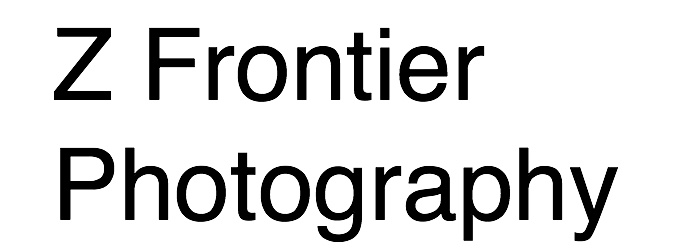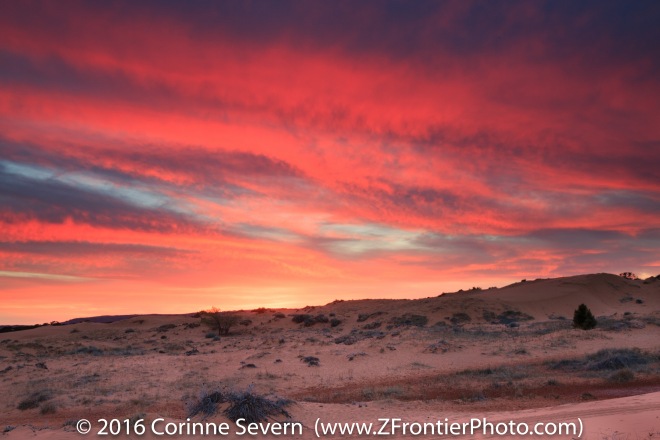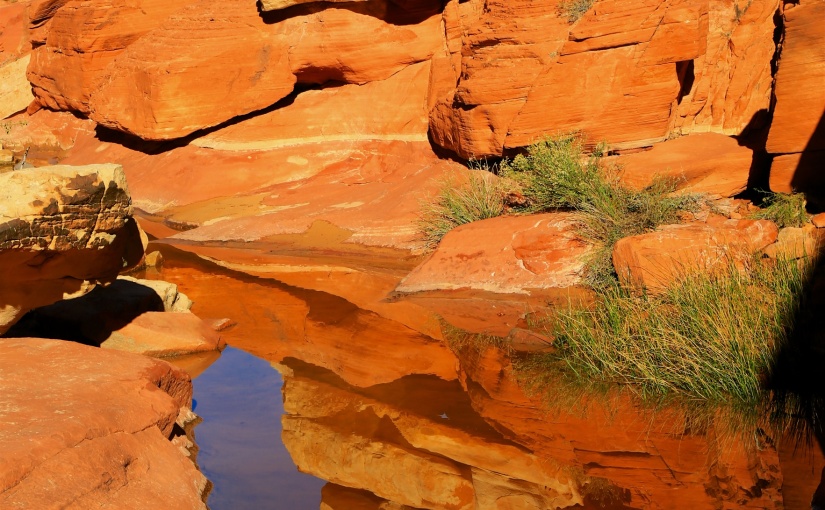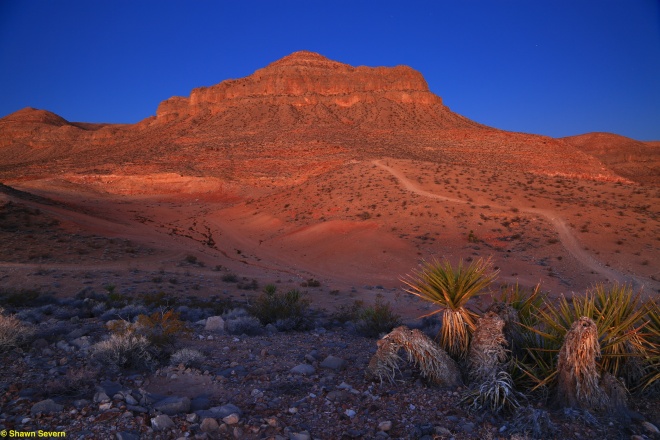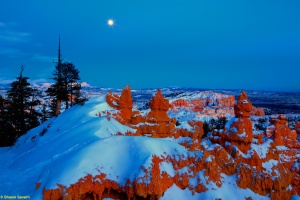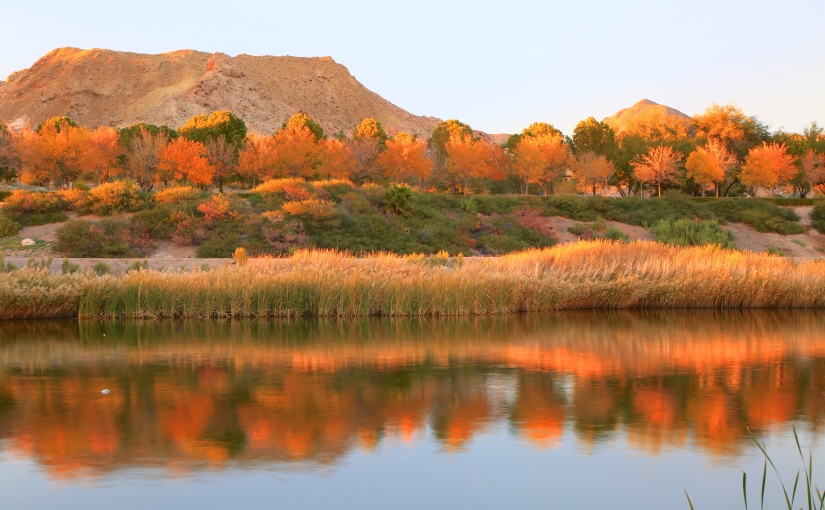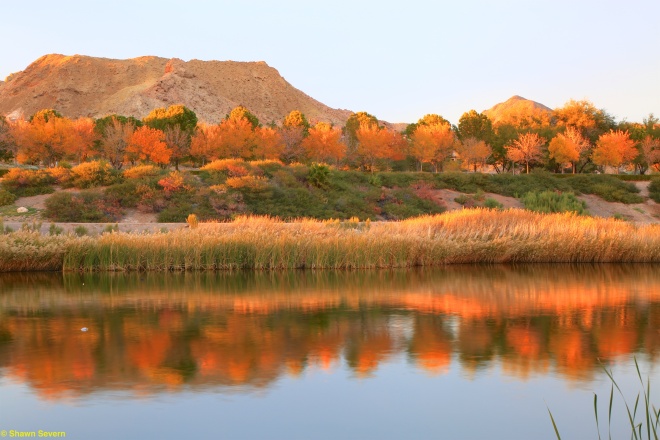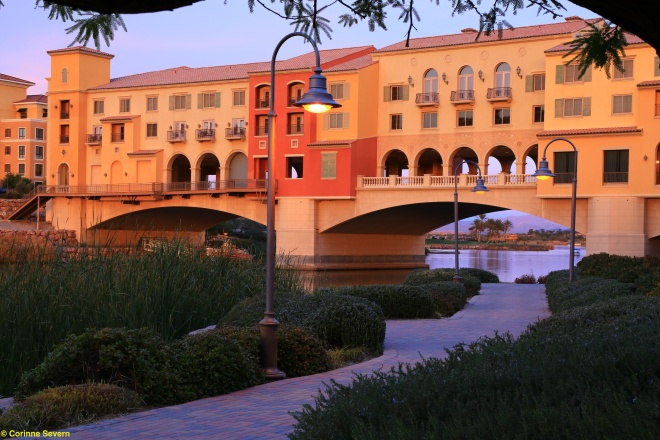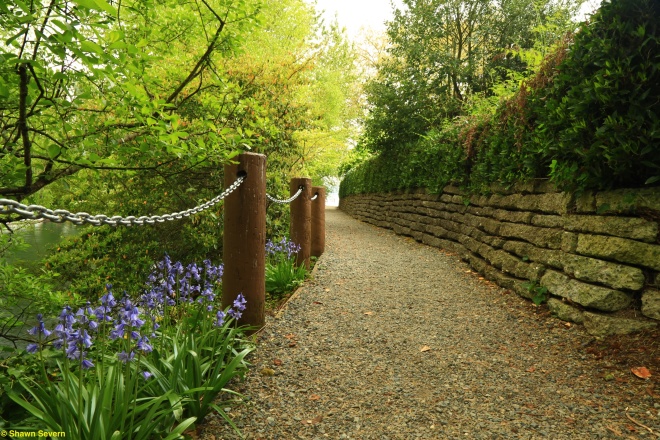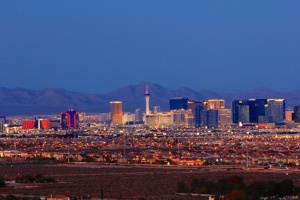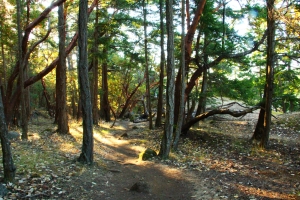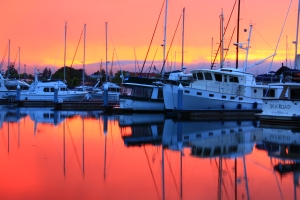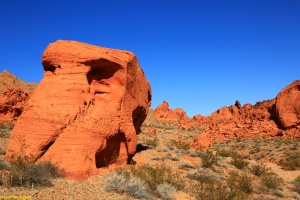
The first thing you need to know about camping at Valley of Fire State Park during the Thanksgiving holiday is that it is busy. The campsites in the park fill up quickly. We arrived on Wednesday around 10:00 am. The park staff at the west entrance gate told us that there were only a few primitive camping spots left at the Arch Rock campground. However, we boldly decided to take a chance and drive through the Atlatl campground where there were some sites with electrical and water hookups. To our surprise, we found an open campsite with hookups. The campsite had a pretty significant grade; regardless, it became our home for the weekend.
Our goal for the weekend was to capture some pictures for our photographic portfolio. We had a loose plan to capture some landscapes photos in the morning and at sunset and maybe try for some moon, light painting and star photos after dark.
We were traveling with our elderly dog Prince, so our photography had to accommodate his schedule. There was a time when Prince would have been up for long hikes into the desert and been happy to have been up from sunrise to sunset. Now, at 14 years old, he finds our hiking schedule too aggressive. So, getting up early in the morning for a dog walk before we head out with cameras makes it difficult to plan any photo sessions at dawn. After Prince’s walk, we can leave him in our RV for his morning nap and we set off for our planned hikes. We returned each day at noon and spent time with Prince for another dog walk and sitting out outside at our campsite. Then after dinner, we could get out for another photography session.
On our first evening at Valley of Fire, we went a short distance from our campsite to Arch Rock. We had done a little research and reviewed the location in the early afternoon. The full moon was going to rise shortly after dark on an angle that might allow us to shoot it using the Arch as a frame. Although we had nailed the planning, our equipment was not quite up to the task of getting the photo we wanted. The moon was full and bright, but our flashlights were not sufficient for lighting up the foreground of The Arch. We did capture a couple of nice pictures with the moon backlighting The Arch. After of couple of hours of working the scene, we were both cold and it was time to retreat to the trailer for a hot drink.
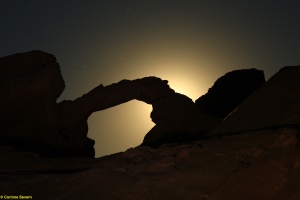
On Thanksgiving morning, we hiked the Prospect Trail. This is a wonderful trail that can be followed to a junction with the White Dome Trail. We planned a shorter 2 mile walk up into the pass where there are a series of interesting rock formations. We had planned to spend about an hour among the rocks, but in the end we spent the entire morning working around the rocks. The light was pretty good for mid-morning and finding great compositions was challenging and fun.
Friday morning we had planned to do two hikes, one on the Duck Rock Trail and one on the White Dome Trail to shoot the slot canyon once the sun was a little higher in the sky. It was a short hike out to Duck Rock. Unfortunately, at the time we arrived, the angle of the sun and thick cloud layer made shooting very difficult. We tried to capture a decent image from a bunch of different angles. We walked to the far side of Duck Rock (it doesn’t look like a duck from that side) and we even hiked up an adjacent hill but nothing we did resulted in a composition that we liked.
Before we returned back to the car, Corinne suggested we continue down the wash to see if there might be something of interest a little further along the trail. We scored! Being open to walking a little farther can be the biggest factor in finding wonderful landscape subjects. Less than a quarter mile down the trail, we ran into a series of natural tanks. These are depressions that hold water. Tanks are rare and important to the desert habit. They provide water for local wildlife. From the rock ledges above the tanks, the entire valley opened up providing a very interesting vista.
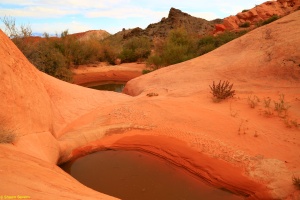
The geology in the area is very colorful. We spent hours moving around the rocks, trying different compositions. We spent so much time at Duck Rock Trail that we never made it over to White Dome Trail. It was getting on to early afternoon and it was time to return and spend time with Prince.
Friday night found us out doing some light painting of the rocks near the campground. Shawn gets a kick out of creating unexpected scenes on the rocks. Corinne was more interested in getting a photo of star trails. Unfortunately, right after we decided to switch from light painting to star photos, a cold wind started to blow. Even with heavy cameras and excellent tripods the camera shake was very obvious. Furthermore, the temperature dropped from being merely cold to uncomfortable! It was time to retreat to the RV for a hot drink.
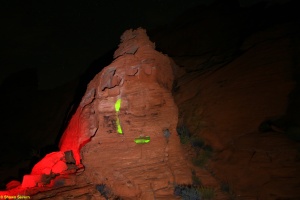
On Saturday, we returned home to Las Vegas. It was a short but fun trip. Now it is time to see if we can make the most of the photographs we captured.
